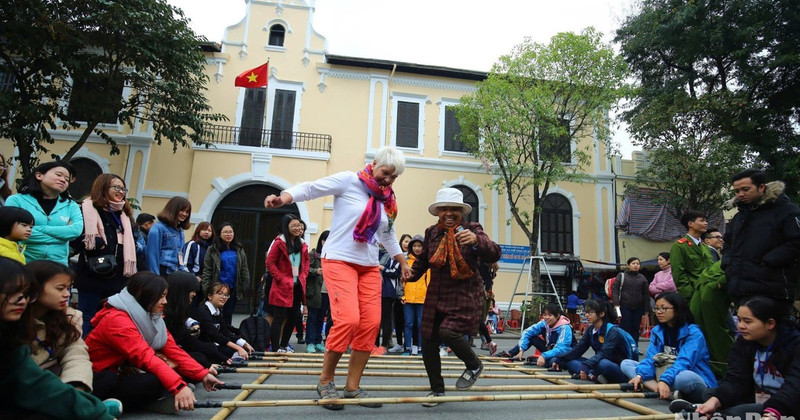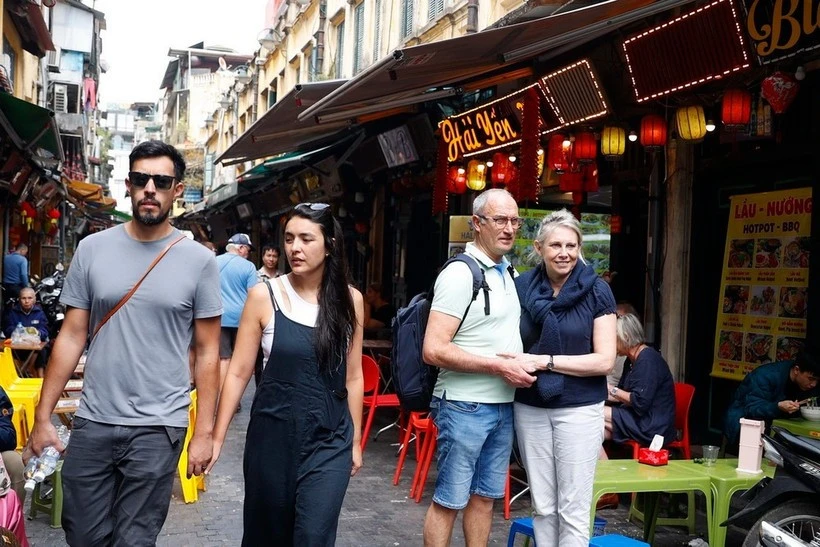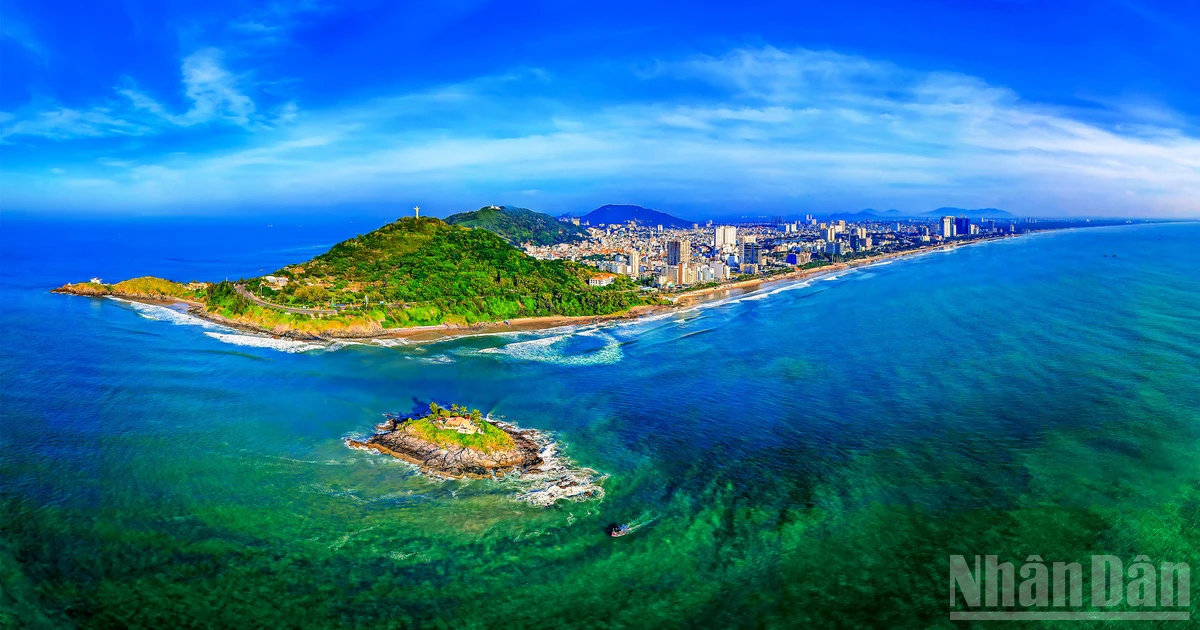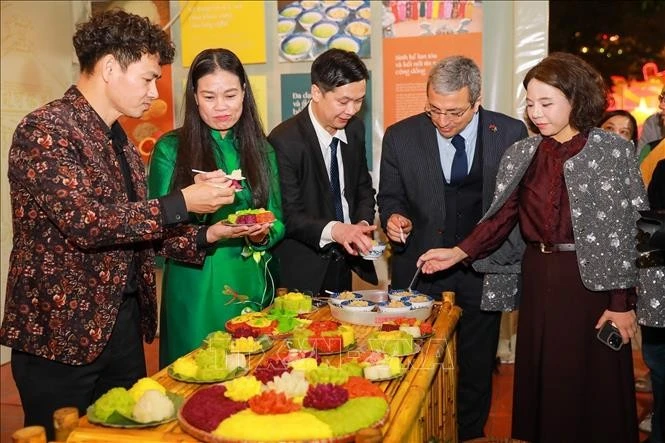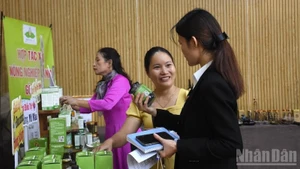According to the latest data from the World Tourism Barometer published by the United Nations Tourism Organisation (UN Tourism), global tourist arrivals surpassed 1.4 billion in the past year. This figure represents an 11% increase compared to 2023 and a 99% recovery relative to 2019.
According to UN Tourism, this strong performance was driven by growing travel demand post-COVID-19, positive growth from major source markets, and the continued recovery of destinations in the Asia-Pacific region.
In terms of growth, the Asia-Pacific region recorded the highest global tourism growth in 2024, with a 33% increase compared to the same period in 2023. Specifically, Northeast Asia grew by 54%, Southeast Asia recorded 23%, the Pacific grew by 12% and South Asia marked an increase of 8%.
The Tourism Information Centre under the Vietnam National Authority of Tourism noted that Vietnam’s tourism industry achieved an impressive nearly 40% growth in 2024 compared to 2023, making it one of the region’s fastest-growing destinations.
In terms of recovery rates compared to 2019, the Middle East led the world at 132%, followed by Africa (107%), Europe (101%), and the Americas (97%). Despite strong progress, the Asia-Pacific region had the lowest recovery rate globally, reaching 87%. Specifically, Northeast Asia, Southeast Asia, the Pacific and South Asia recorded recovery of 86%, 88%, 83% and 92%, respectively.
In 2024, Vietnam's tourism industry achieved a remarkable recovery of 98% compared to 2019, standing out amid the challenging regional landscape. This recovery rate was significantly higher than the Asia-Pacific average and on par with the global recovery.
Within Southeast Asia, Vietnam recorded the highest recovery, surpassing other major tourist destinations: Malaysia (94%), Thailand(88%), Singapore (86%), Indonesia (86%) and the Philippines (72%).
According to the Vietnam National Authority of Tourism, this strong performance was driven by the Government's proactive leadership, including key directives and resolutions facilitating tourism recovery. Notably, a more relaxed visa policy played a crucial role in attracting international visitors. In addition, promotional campaigns targeting key and high-potential source markets recorded breakthrough effectiveness.
Vietnam's tourism industry has prioritised innovation in content and promotional methods, focusing on key target markets. Efforts have been directed toward strategic comprehensive partners such as the US, China, the Republic of Korea, Russia, France and Australia.
To enhance its global presence, Vietnam has adopted a multi-faceted approach to tourism promotion, from the organisation of roadshows to participation in international tourism fairs, cultural and tourism festivals, and investment and trade promotion conferences. Many special tourism forms, especially new products tailoured to meet evolving travellers’ demands, have been promoted in a diverse and innovative approach.
